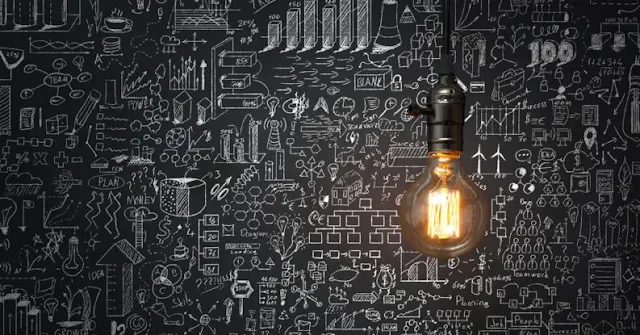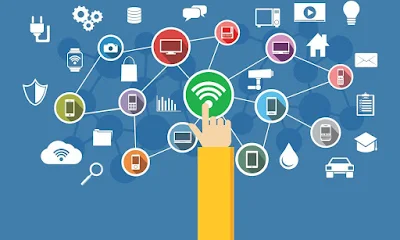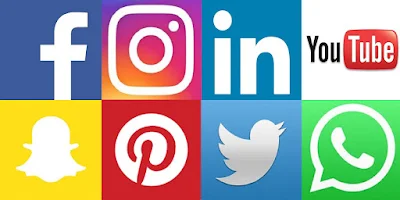Technology has been
the engine of change in the history of civilizations, from fire to the wheel,
through the printing press or the steam engine. All these inventions
revolutionized the way of understanding the world, of communicating or
producing, but all were replaced at some time by a more advanced technology.
The Internet has shown
a total revolution in identifying knowledge and connecting people. At first,
the data was hung on pages that users read, because it only had text and
hypertext, and the interaction between the sender and the recipient of the message
was rather scarce. Gradually, he added images, graphics, gifs, videos and new
tools that allowed a higher level of interactivity, from email to platforms to
interact with other users such as MSN.
Nacho de Pinedo,
co-founder and CEO of ISDI, explains “30 years have passed since the birth of
the World Wide Web. However, it has been in this last decade when it has
experienced an exponential progression thanks to the reduction of the cost of
computing and the growth of bandwidth, the adoption of social networks, the
emergence of smartphones and applications, the development of electronic
commerce, the massive contribution of user-generated content and the birth of a
collaborative economy ...
The Internet has gone
from 2,000 to 5,000 million users and has changed the rules of the game in
categories such as retail, productivity, entertainment, education or
communication. Despite this impressive deployment, we are still in the morning
of the digital day: we are incorporating new technologies and trends such as
blockchain, artificial intelligence, industry 4.0 or 5G, which will make this
sea exponentiality even more more in the coming years.
The only constant on
the internet has been the change and in the last decade new tools have emerged
that have changed the rules of the game again.
Especially when it
comes to communication. In just ten years we have gone from being passive
subjects to active users, and from active users we have become content
generators, commentators, influencers and viralizers.
Communication has gone
from being unidirectional to bidirectional, and from bidirectional to
omnidirectional, omnichannel and global. And all thanks to social networks,
which have turned the Internet into a cage of crickets for some or a massive
forum of expression for others, in which people can enrich each other by
exchanging experiences and opinions.
Web 2.0 was born by
the emergence of social networks and wikis that allowed users, who until now
have been simple viewers of an Internet in which only companies and
institutions affected effective presence, became protagonists. Thanks to social
networks any user can open a personal presence on the Internet in five minutes
and free of charge.
In this way, through
these platforms, an individual is able to share content, opinions or influence
to millions of other users, being able to efficiently rival any large
corporation, with the added advantage of the user's voice on the internet is
much more empathic for other users than the one originated from the companies
”.
Communication has a
social character that includes all the acts by which living beings relate to
their similar ones to transmit or exchange information. Communicating means
sharing and implies sharing in a specific social context and with a particular
history. That is, it is a process linked to human behavior and the structures
of society.
At present, digital
communication constitutes a large part of the subjectivity and objectivity of
the human being, modifying social dynamics. The presence on the Internet has
become a necessity and an obligation to be at the forefront and be competitive
both individually and professionally and in business.
Without a doubt, the
Internet is the most important mass media today, its power is absolute and
universal.
Rerences:






No hay comentarios.:
Publicar un comentario